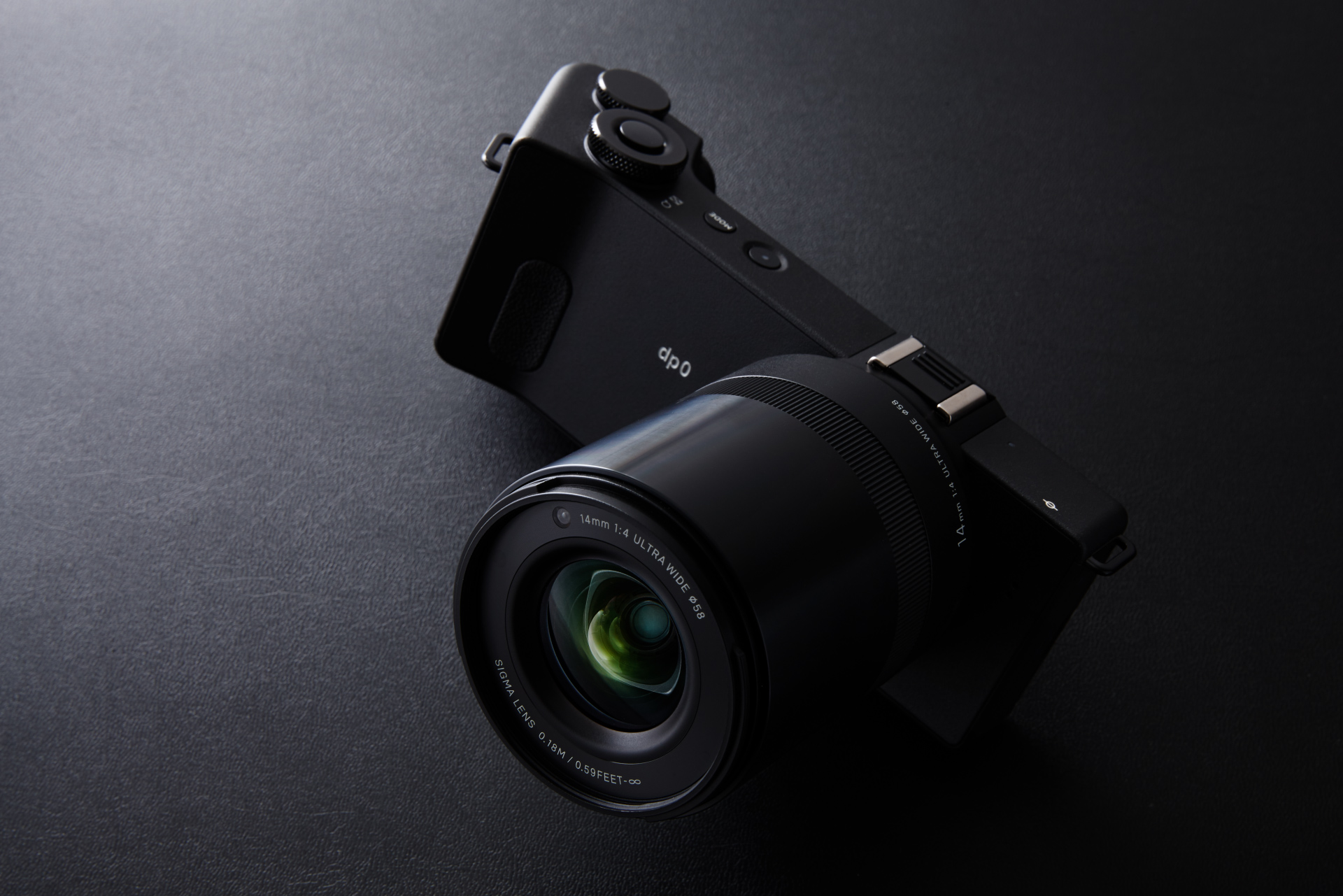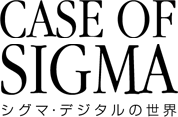
SIGMA dp0 Quattro | SHOOTING REPORT
dp0 Quattro SHOOTING REPORT 01 | dp0 Quattro SHOOTING REPORT 02
The "dp0" is the much-awaited 4th generation of SIGMA's dp Quattro series. As you already know, the series features the Foveon X3 sensor using vertical color separation, bodies dedicated to different focal lengths, and the unique body shape. In other words, it's like no other camera. It's so unique that it's even transfigured.
Following the dp1 (with 28mm equivalent lens), dp2 (with 45mm equivalent lens), and dp3 (with 75mm equivalent lens), the dp0 has an ultra-wide 21mm equivalent lens. This is a much-waited angle of view, but how did SIGMA tune it? Originally, SIGMA is the pioneer of the methodology of fixing a lens dedicated to the sensor to the body. And, by using their former models, we can feel they firmly believe in the methodology. Then it's natural for us to have an extraordinary expectation from this new model.
( Photography/Text : NB )

Now, how should I use the 21mm angle of view? I started shooting streets because I have the preconception that 21mm is for streets and many famous photographers worldwide have recorded the breath of cities with this angle of view. And, I think the dynamic images of the ultra-wide angle matches the urban dynamism.

Yet, it's difficult to compose as the very wide angle of view swallows the entire view in front of me. And, it also captures unwanted elements in the frame and is extremely sensitive to unleveledness. One way to deal with this issue is to shoot as we like without worrying about the issue itself because I feel I like I can better capture the essence of the city when I connect my emotion to my right index finger directly.

What about indoor photography? While typical weak points of ultra-wide angle lenses are chromatic aberration of magnification and distortion, you don't have to worry about them with the dp0 Quattro. SIGMA says, (the dp0's lens) "features four 'F' Low Dispersion (FLD) glass elements, two Special Low Dispersion (SLD) glass elements, and two aspheric lenses, including a wide double-sided aspheric lens." In short, they made no compromises.

The distortion is particularly well-corrected, and their claim "zero distortion" is never exaggerating.

While all other three dp models have F2.8 lenses, the dp0 has F4 lens. And, I think using this classical spec is the best choice for the high image quality.

I was also impressed by the way it records the detail particularly in the shadow. Even though it looks black as ink at first glance. The detail is rescued so naturally (which is very important) just by increasing the shadow slightly, and it really saved me. Just like in the film age, we want to record information even though it doesn't seem to have recorded it at a glance because such capability gives more freedom of post processing. You know, if nothing is recorded, there's nothing to rescue.

I converted a color image into monochrome. This isn't just about converting colors, but about converting the relationship between the image and the viewers from giving explanation to triggering imagination. More casually, when we have such a convenient image processing software, why not use it? Of course, monochromizing dramatically changes images with higher contrast, more visible tonal gradation, as well as 3D feeling. And, when an image looks great in colors, it looks great in monochrome, too.

Shot at the minimum focus distance (18cm from the sensor). Because of the long lens barrel, the front element is almost touching the subject. While the royal way of using an ultra-wide angle lens would be "to capture wide things wide," we can also get close to the subject. Of course, we can't get close as we do with macro or telephoto lenses. However, it has an appeal that the macro and telephoto lenses don't have. By the way, the AF is quick and accurate. Compared to the former models, it's much quicker and hunts much less frequently. What an improvement!

As we reported in the past, the Foveon sensor expresses red color in a very special way. Maybe I should call it scarlet rather than red, and it simply looks amazing and even bewitching. Plus, the tonal gradation towards the shadow is wonderful. It's so stunning that I look for red subjects before I know it.

Other characteristics of the Foveon are the overwhelming resolution and the realistic reproduction of texture because of it. I zoomed in to the original size, moved my face closer to the monitor, found the great detail of wrinkles and hairs of the old man, and smiled... because they just looked great! And, boy, there are many ships dim in the horizon so far way, although I don't think you can find them on this small image size.

The dp0 is the straightest fastball pitched by SIGMA
To be honest, many people may be disinclined for this body. And, I was feeling the same way until I used it and got convinced. The point is that SIGMA didn't choose the body, the sensor, and the fixed-lens design to make a display of being unusual. The reason is simple: they just want to create tools that take beautiful pictures. And, this is why SIGMA threw this spirited fastball right down the middle instead of a breaking ball to deceive the hitter.
( 2015.07.09 )
